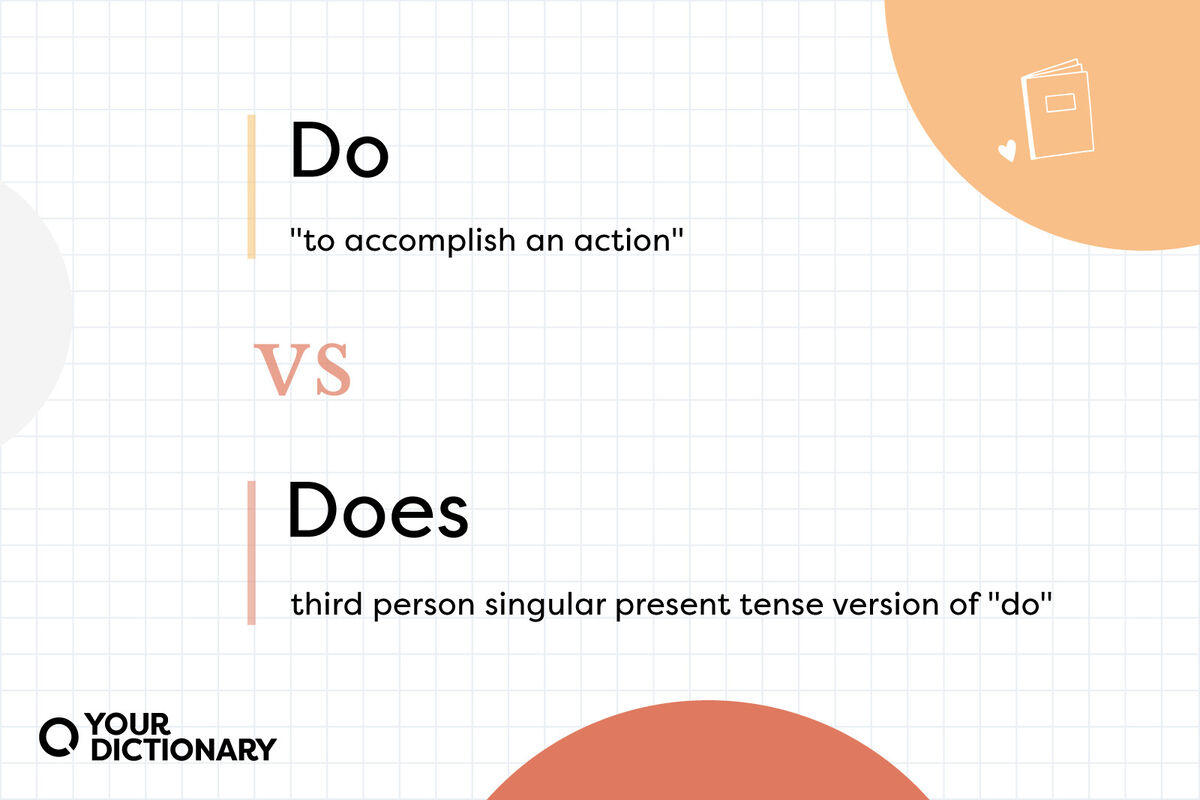Hey there seafood lovers! I’ve been doing some deep diving into a question that’s probably crossed your mind while enjoying those delicious shrimp – what about those tails? Are they worth eating or just another part to toss away? Let me share what I’ve discovered about the nutritional value of shrimp tails and whether they deserve a place on your plate.
The Basic Breakdown: What’s Actually in Shrimp Tails?
First things first let’s look at what shrimp tails are made of
- Chitin (the main component that gives them their rigid structure)
- Small amounts of protein
- Trace minerals
- Some calcium (though not as much as commonly believed)
The Truth About Nutritional Benefits
Here’s the thing – while shrimp meat is absolutely packed with nutrients the tails aren’t quite the nutritional powerhouse some folks claim them to be. Let me break down what we know
What’s Good About Them:
- Low in calories
- Contains some minerals
- Has small amounts of protein
- Rich in chitin, which some studies suggest might have some health benefits
The Not-So-Great Stuff:
- Hard to digest for most people
- Can be a choking hazard
- Might contain trace amounts of heavy metals
- Could trigger allergic reactions in sensitive individuals
Health Considerations When Eating Shrimp Tails
Before you start munching on those tails, here’s what you should know:
Potential Benefits:
- May support immune function
- Could contribute to weight management due to low calorie content
- Might provide some dietary fiber through chitin
Possible Risks:
-
Allergic Reactions:
- Throat swelling
- Difficulty breathing
- Hives
- Stomach cramps
- Vomiting and diarrhea
-
Safety Concerns
- Choking risk
- Digestive discomfort
- Potential exposure to heavy metals
Better Ways to Get Your Seafood Nutrition
Instead of focusing on shrimp tails, I’d recommend getting your nutrition from these parts of the shrimp:
The Meat:
- High in protein
- Rich in omega-3 fatty acids
- Excellent source of:
- Vitamin B12
- Iodine
- Selenium
- Zinc
How to Properly Prepare Shrimp
To get the most nutritional value from your shrimp, here’s what we recommend:
-
Clean properly:
- Remove the black vein (digestive tract)
- Peel off the shell if desired
- Remove the tail (unless using for presentation)
-
Best cooking methods:
- Grilling
- Steaming
- Boiling
- Baking
Making the Most of Your Shrimp
If you’re looking to maximize the nutritional benefits of shrimp, here are some tips:
- Choose fresh or properly frozen shrimp
- Buy from reputable sources
- Store correctly
- Cook thoroughly but don’t overcook
- Consider saving shells for stock (but skip the tails)
FAQs About Shrimp Tails
Q: Can I eat shrimp tails raw?
A: I wouldn’t recommend it. Raw tails are harder to digest and may carry bacteria.
Q: Are shrimp tails really high in calcium?
A: Actually, no! This is a common misconception. The shells contain more calcium than the tails.
Q: Can I feed shrimp tails to my pets?
A: It’s best to check with your vet first, as they could be a choking hazard.
The Bottom Line
While shrimp tails aren’t toxic and some folks do enjoy eating them, they’re not particularly nutritious compared to the actual shrimp meat. If you’re looking to boost your nutrition, focus on the meaty parts of the shrimp instead.
Remember, the best parts of the shrimp for nutrition are:
- The meat itself
- The tender parts near the tail
- The body segment
My Personal Take
As someone who’s spent years exploring seafood nutrition, I gotta be honest – I usually skip the tails. While some of my chef friends swear by using them in stocks, I prefer focusing on the more nutritious and easily digestible parts of the shrimp.
Pro Tips for Shrimp Lovers
- Save shells (not tails) for making seafood stock
- Always clean shrimp properly before cooking
- Don’t overcook – they should be pink and slightly curved
- Store properly in the coldest part of your fridge
- Use within 2 days of purchase for best results
Remember, while it’s technically safe to eat shrimp tails, you’re not missing out on much nutritionally by discarding them. Focus on enjoying the delicious, protein-rich meat instead!
Would you like me to break down any specific aspect of shrimp nutrition in more detail? I’m always happy to dive deeper into the science behind our favorite seafood! Just drop me a comment below.
Want to learn more about making the most of your seafood? Check out our other articles about seafood nutrition and cooking tips!

Weight loss support
Shellfish are low in calories but high in lean protein and healthy fats, making them excellent foods for a diet.
High-protein foods help you feel fuller for longer, reducing excessive calorie intake. As a result, they aid in weight loss and weight maintenance. A study in overweight adults found that those who consumed more omega-3 fatty acids in their calorie-restricted diet felt significantly fuller after meals compared to those with less omega-3 intake under the same dietary conditions.
Benefits of shrimp and other shellfish
Below are some benefits of shellfish that you should know:
